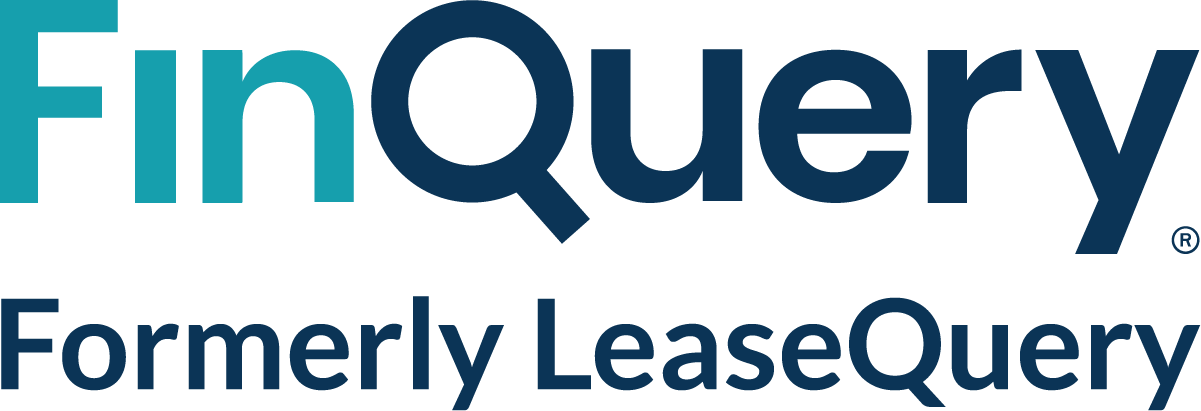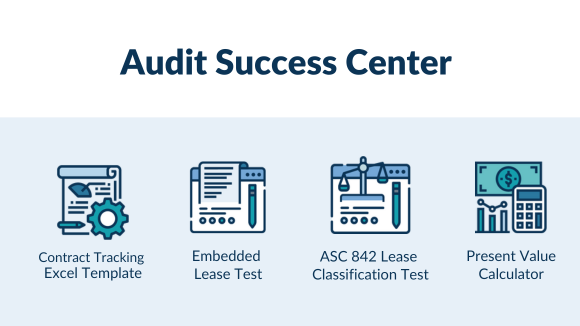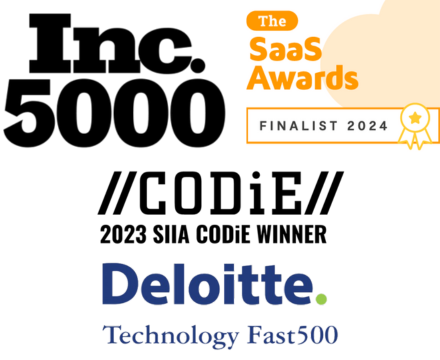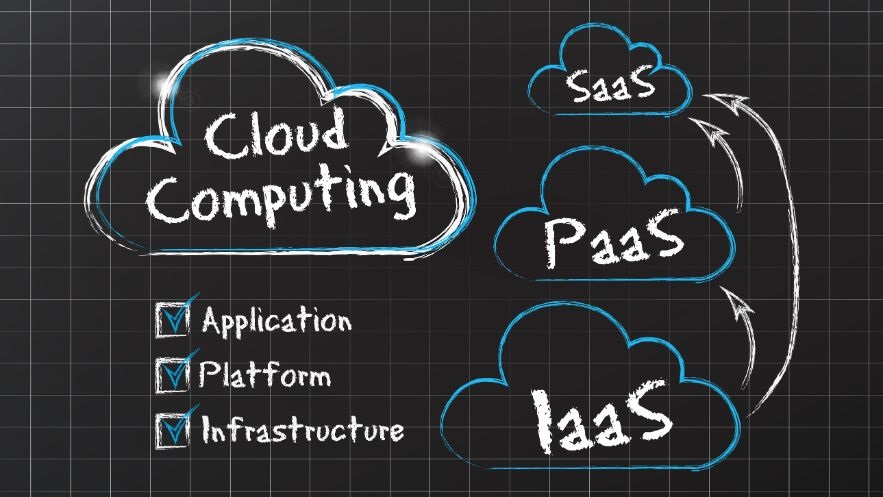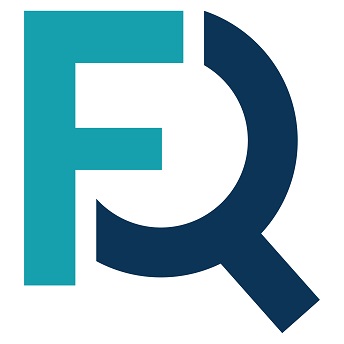The swift rise of the remote workforce moved a significant amount of technology to the digital cloud. If your organization uses software applications, you’re likely using Software as a Service (SaaS). While the IT department should keep tabs on these contracts, they may not be monitoring the accounting treatment or financial implications.
With different departments purchasing software applications, it can be hard to get a handle on the overall amount of money spent on SaaS. This article defines SaaS spend management, and breaks down the best practices and tips to find software to track SaaS spending in one place.
What is SaaS spend management?
SaaS spend management is the process of monitoring and tracking software subscriptions to better manage and optimize their costs. It’s important to proactively monitor all of your purchasing, licensing, renewals, and other SaaS-related costs to stay organized and maximize the company budget. Whether done on a spreadsheet or in an application, you should monitor your SaaS spending and utilization.
Some people mistakenly believe the new GASB standard, GASB 96, covers SaaS costs. While the new standard requires government entities to compile a listing of the majority of their SaaS contracts and understand their various components, it doesn’t help with spend and usage optimization. In addition, non-GASB entities do not have a standard to promote compiling and monitoring IT contracts in one place.
Developing a SaaS spend optimization strategy
SaaS spend optimization means finding ways to reduce costs related to the organization’s SaaS application needs while maintaining and even improving workflows. Without a proper SaaS spending strategy in place, your organization is at risk of decentralization, redundant applications, and unused licenses. There are a few things you can implement to improve your optimization strategy and make better critical financial decisions.
Streamline purchasing
Decide which teams and individuals are involved in SaaS procurement. Without proper management, creating the database is more difficult. Organize your departments and centralize your SaaS data to create a more organized purchasing strategy. With a centralized SaaS management platform, your company can identify and limit redundancies and underused applications.
Additionally, review your policies for renegotiating contracts and tracking renewals to incorporate best practices for streamlining purchasing and spending.
Track spending
In order to track spending, you must identify ways to control your SaaS spending and increase efficiencies. This is an ongoing process that includes:
- Trimming and consolidating duplicate applications
- Reducing underused licenses and tools
- Monitoring contract negotiations and renewals
Make sure to regularly check if your company is spending money on unused software licenses. Your organization only needs to pay for the necessary applications and the correct number of licenses needed for each. Simply archive and cancel any unused licenses or programs.
Benefits of SaaS spend management software
Tools are available to help manage and control SaaS costs that are more reliable than an overcrowded spreadsheet. SaaS spend management software gives IT and finance teams better visibility and insights over software usage and payments. Stop wasting time trying to collect data from multiple apps.
Centralize data
Keeping data on separate department-held documents and spreadsheets is time-consuming and doesn’t provide much insight into your spending. Centralizing all software application data will allow you to maximize your SaaS spend. Tracking all of your SaaS fees in one, easy-to-reach place saves the time and resources it takes to track down information managed in various spreadsheets and multiple departments.
Robust reporting (of spend and utilization)
Businesses don’t need to spend unnecessary time searching through multiple documents and email threads to locate the data needed to analyze SaaS costs. SaaS spend management software can easily provide current spending and utilization data so you can quickly report where your company’s funds are going.
Spend oversight
With SaaS spend management software, companies gain visibility into where money is being spent or wasted. After implementing the software, it’s easier to gain financial insights by creating and then tracking a budget. The right solution can pay for itself by eliminating the extra applications and licenses you would have without SaaS spending oversight.
Summary
SaaS spend management is important to organizations with even the smallest tech stack. The right strategy can address issues such as decentralized SaaS data, overlapping SaaS applications, and unused licenses. Review SaaS spending policies, create an up-to-date inventory, and invest in SaaS spending management software for best results. If you use the best practices outlined in this article, your organization will set and meet its SaaS spending benchmarks.
